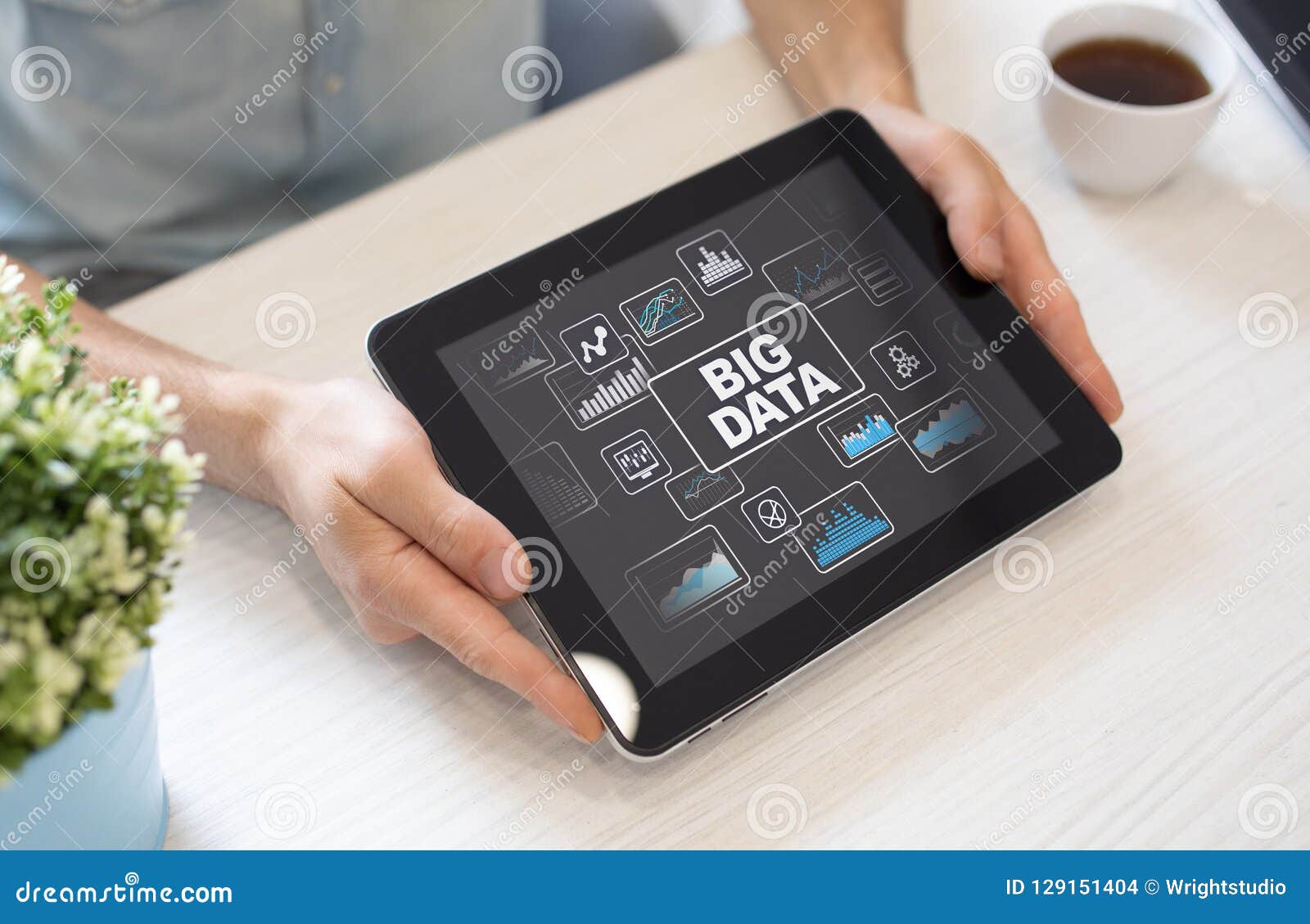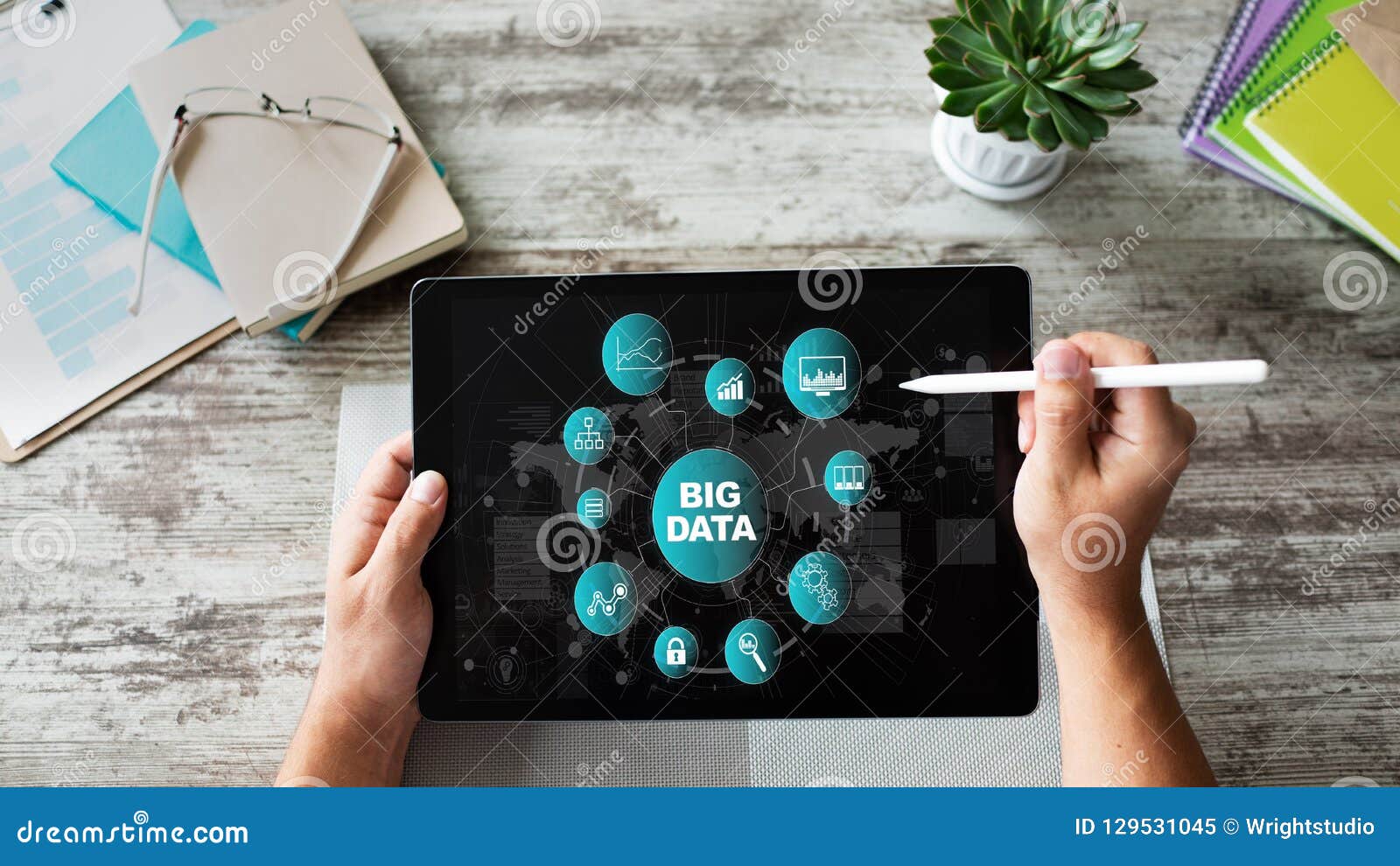


Integrations: Big data analytics tools must connect to an assortment of common and uncommon data stores-Hive, Oracle, Azure, Google Cloud, and social media.Usability: Big data analysis comes in many shapes and does many things-does the big data software offer use case-specific tutorials, training resources, and tech support? Is the full functionality of the tool manageable for motivated data science experts?.User Interface (UI): Does the software convey large, complex data sets stemming from myriad sources in an easy to understand, intuitive, and efficient way? Can users reasonably find their way around the large-scope data technologies?.Here’s a summary of my evaluation criteria: Big Data Analytics Tools Comparison Criteria This process might also include text analytics, natural language processing, predictive analytics, and so forth.Īll of this works to create end reports that are readable and actionable for business users. Then, you leverage statistics and machine learning to parse through the data ecosystem and compile predictive analytics, user behavior analytics, and other metrics. To put it simply: Big data is analyzed by collecting structured semi-structured and unstructured data from your data lakes and parsing out what's most relevant to your current informational need most likely using some form of data quality automation to do so. Get free tool advice How Is Big Data Analyzed?


 0 kommentar(er)
0 kommentar(er)
